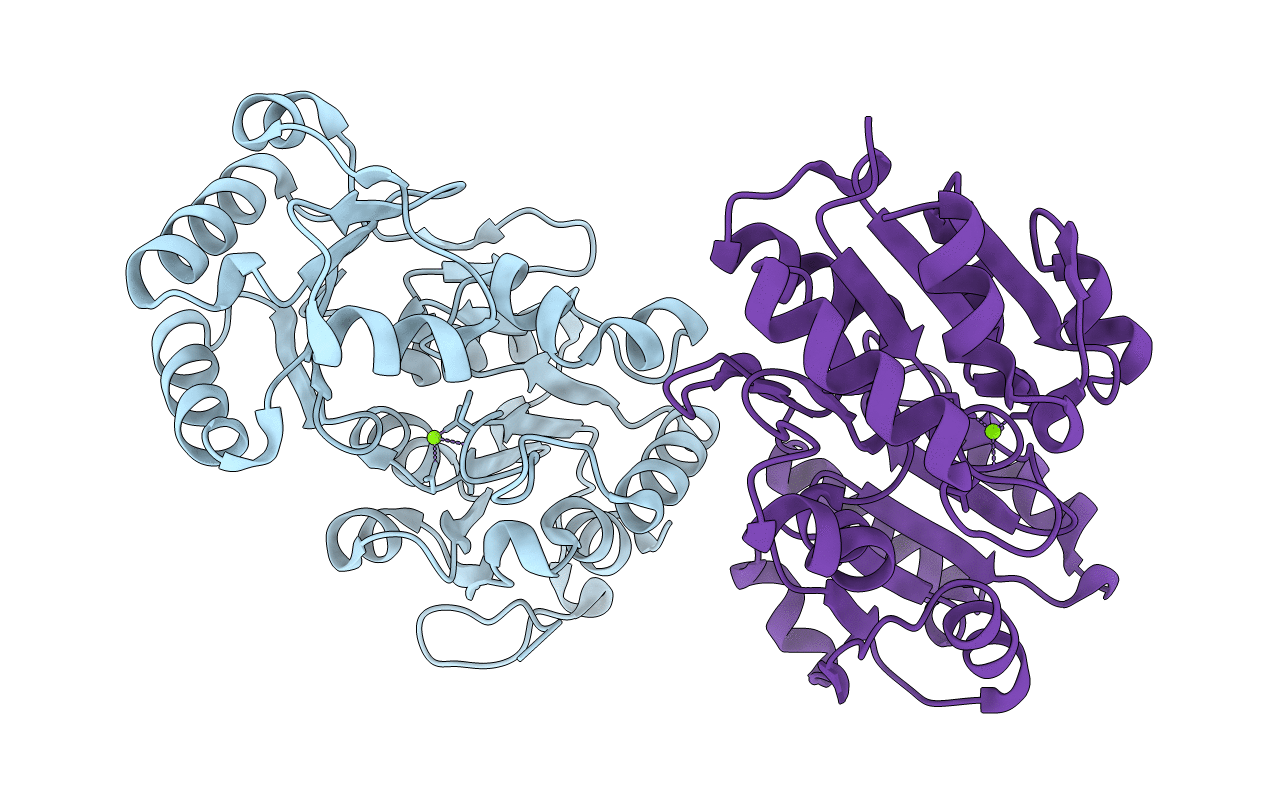
Deposition Date
2014-06-03
Release Date
2014-07-02
Last Version Date
2024-02-28
Entry Detail
PDB ID:
4QJB
Keywords:
Title:
Crystal structure of the sugar phosphatase PfHAD1 from Plasmodium falciparum
Biological Source:
Source Organism:
Plasmodium falciparum (Taxon ID: 36329)
Host Organism:
Method Details:
Experimental Method:
Resolution:
2.05 Å
R-Value Free:
0.24
R-Value Work:
0.20
R-Value Observed:
0.20
Space Group:
P 1 21 1


